As embarrassing as it is, over the past while several friends (and myself), have been duped into buying knock-off RBK Edge NHL jerseys.
Sometimes these jerseys can be easy to spot, but there are several companies that are making very good quality knock-off jerseys (typically manufactured in China or Korea).
After being bamboozled myself, I thought I’d go to some professionals for some tips and then write about it so you don’t make the same mistake that I did.
5 Things To Look For First:
- Does the web site look professional?When it comes to online shopping, your first impressions are important. If the site doesn’t look professionally designed, has poorly written content, or has a checkout process that is less than simple…be cautious.
- Does the site offer multiple methods to contact the company?A reputable website will always provide a full physical address on its contact page, as well as Telephone (toll-free is even better), and often live chat. In addition, they also may offer product reviews and site performance ratings to provide feedback from past satisfied customers. If all the site provides is a simple contact form or an email address, then it is likely that they don’t want you to find them too easily – for a reason!
- What types of shipping methods are used? If they don’t use one of the major North American courier companies such as UPS, FedEx, Purolator or US or Canada Post, then it is likely that your package is coming from very far away – if it comes at all.
- Where is the company based? If you do find a physical address (or other evidence) that the company is based offshore (especially Asia), then it is pretty much a sure bet that the jersey you are getting is a knock-off. All Reebok Authentic jerseys are manufactured in Canada, so there is no reason that a company in China would be selling Canadian-made authentic jerseys!
- Is the price too good to be true?If the listed price is significantly below the typical retail price, that should be an obvious warning flag. An Authentic Edge Jersey with real pro customization like will usually go for $350-$400USD, so if you see a seller advertising the same product for anywhere from $75 to $200USD, you can be sure you aren’t getting the real McCoy!
Inspecting The Jersey for Authenticity
The following are some key things about the jersey’s construction to look for. As mentioned, it’s been some time since the introduction of the RBK Edge jersey, and many fakes are now very close to being identical to the authentic so be very thorough in your investigation!
- The very first thing to note is the coloring of the jersey. Many knock-offs are good with the main colors of Black and White. However, you may be able to notice marked differences in Blues and Reds upon comparison to authentic jerseys.
- Check the logos and numbers for the correct detail. Again, the knock-offs are getting better at the detailing, but some NHL team logos have detail that can be hard to duplicate. Pay particular attention to the sizing and spacing of the letters and numbers on the jerseys. The letter and spacing are likely to be larger or smaller than the authentic version.
- Patches and stitching are also very important to compare. Compare the location of the stitching around the armpits and back of the neck to make sure the construction is authentic. In addition, the NHL and RBK trademarks on authentic jerseys are actually patches and not embroidery. This is one good comparison to make when shopping for a jersey on E-bay.
- I have used the fake Flames jersey that I bought on eBay, and compare it to my real authentic Flames jersey. Below are a few things that you can look for to determine whether the jersey you have on hand is in fact a real one. Now, in this experiment I am only using the "fake authentic" jersey that I bought on eBay to compare to a real one, and I am not certain whether this applies to replica ones (cause I don't collect replica jerseys). There are obviously quite a number of different manufacturers out there that manufacture fake jerseys. One jersey cannot speak for all of them, and with the popularity of Internet and communication, these manufacturers have "updated" the way their fake edge are designed and structured.
Real:
Also pay attention to how the Center Ice tag is sewn on to both jerseys. On the real jersey, it was only sewn on the entire top across, and only the corner of the bottom, whereas on the fake one the Center Ice tag was completely sewn on (the Reebok logo was surrounded by stitching completely). If the logos on your jersey are directly embroidered, then I’m sorry, your jersey is a fake.
a) The red stripe of the Canada flag are more wide compare to the real one, and the red maple leaf on the fake doesn't really look like a maple leaf. The gaps between letters on the real one is a bit wider compare to the fake
c) The Reebok Center Ice tags are almost identical, and the only difference you can tell is the "I" of the word "CENTER ICE" below the NHL logo (note that the bottom neck tag is from the real jersey)
Real:
Real:
Few notes on the fight strap:
a) All CCM, Reebok, or even Nike, you can only stretch the fight strap horizontally, not vertically. This is obviously to prevent the jersey from being pulled over one’s head during a fight. The fight strap on my fake jersey is very poorly constructed.The piece that attached the fight strap onto the jersey is tackle twill, and 99% of the time is the same colour as the jersey. It is sewn on with zig-zag stitching, with a cross stitching inside a small rectangle stitching, and a large rectangle sewn on around the twill using zig-zag stitching as well.
I just hope this information could help all fans and collectors. If you have additional information, please share it with all of us. Thanks in advance.
Happy collecting folks!!

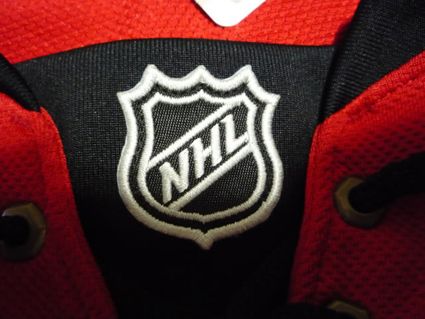

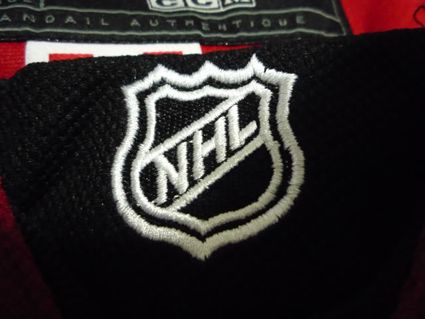
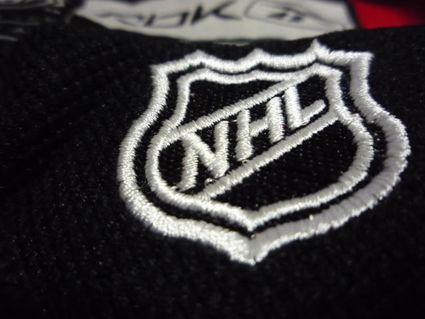

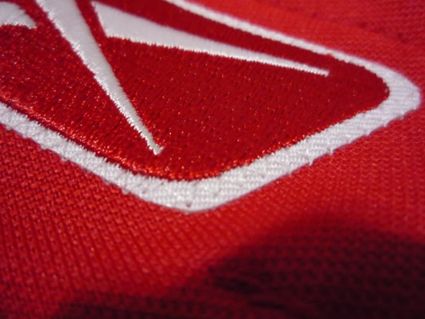

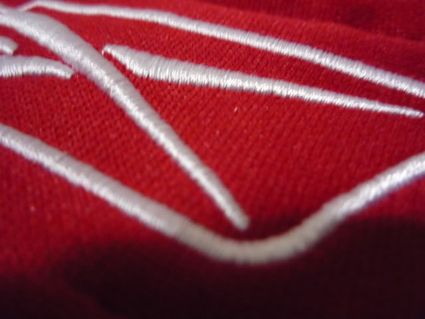
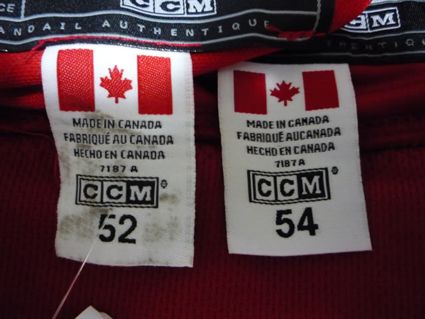
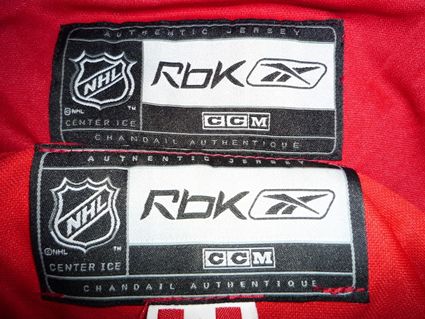
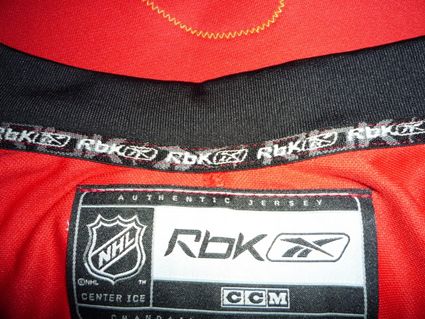
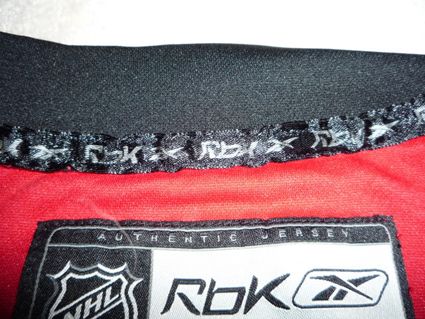
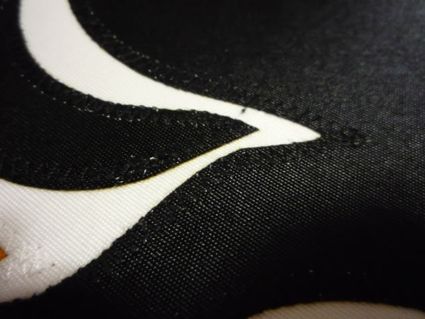
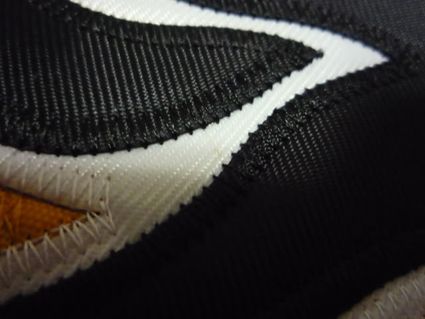
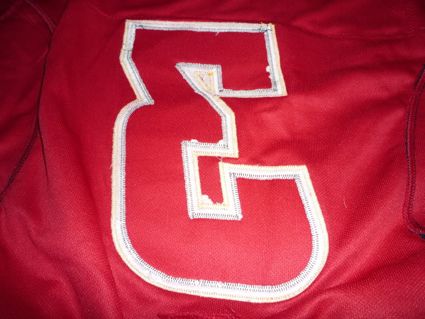
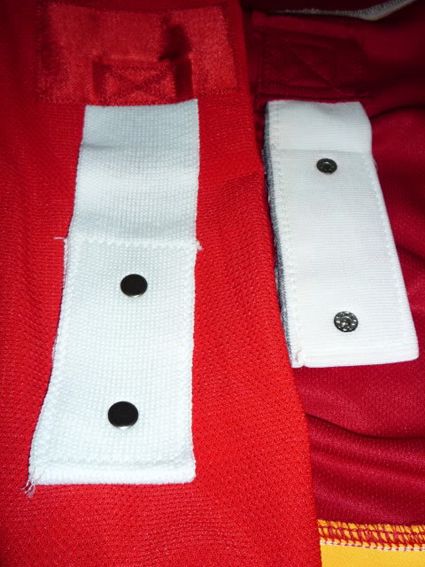
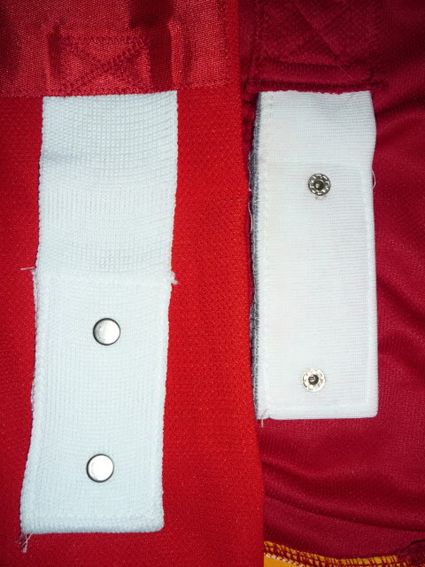
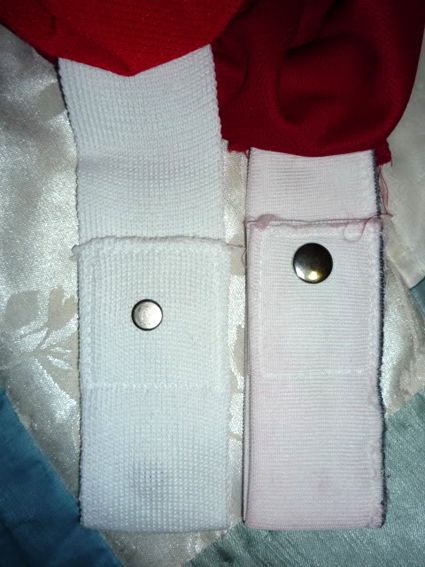










No comments:
Post a Comment
We welcome and encourage genuine comments and corrections from our readers. Please no spam. It will not be approved and never seen.